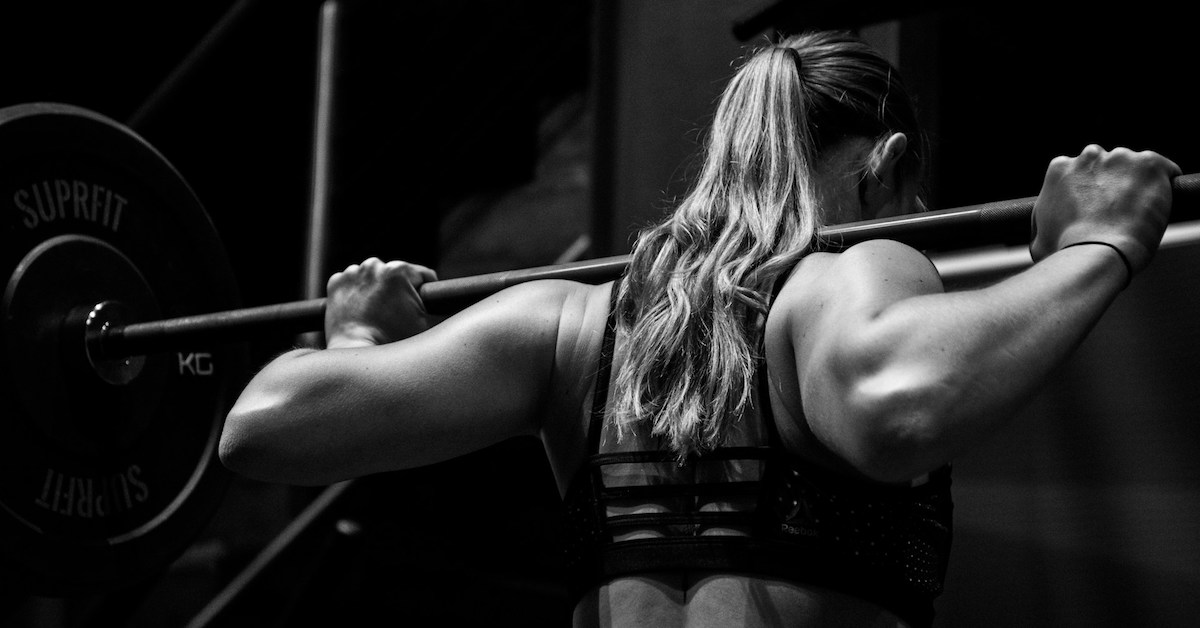“Chin up… Chest out… Look straight ahead… Brace the abdominals… Grip the bar tight… Push the ground away through all four corners of your feet… Drive the hips forward as you clear your knees… Stand tall… Control the lowering… Gently touch the ground, pause, and go again…”
“Oh yeah, don’t forget to breathe!”
Strength training has become highly technical. There was a time when “grip it and rip it” was all you needed to build strength and size. Now, with personal training as a profession, trainers often justify their pay by rattling off endless cues. Whatever happened to keeping it simple?
Breathing is one of the most common instructions you’ll hear. The standard rule: exhale when lifting, inhale when lowering. Seems simple enough, but does this apply when lifting maximal loads? What about explosive movements? Or super-slow training, where a single rep can take 14 seconds or more?
You might be thinking, “Who cares? I just want to build muscle.” You’re not lifting extremely heavy, moving extremely fast, or training at an ultra-slow tempo. Your workouts fall somewhere in the middle—moderately heavy loads at a moderate pace for a moderate number of sets and reps. So why not follow the usual breathing advice?
Well, success leaves clues. Watch any video of elite bodybuilders training. Pay close attention to their breathing. When Kai Greene is benching 500 pounds or Ronnie Coleman is squatting 800 pounds, are they casually exhaling on the way up and inhaling on the way down?
Not a chance.
When the weight gets heavy, they hold their breath. And so would you. In fact, we all instinctively use what’s called the Valsalva maneuver—exhaling against a closed glottis—during near-maximal efforts. If you don’t believe it, pay attention next time you’re “exerting force” on the toilet. You’re not holding your breath because of the smell. Well, maybe…
Research shows that to maximize intra-abdominal pressure during strength training, you should take a deep breath—around 75% of your max—into your belly and hold it throughout the rep, exhaling only after completion. This provides optimal spinal support with minimal side effects and actually makes you stronger.
Breathing, especially breath-holding, is instinctive. If you’re lifting a heavy load, you’ll naturally hold your breath. There’s no need to overthink it.
Dr. Stuart McGill and Dr. Mel Siff, both experts in strength and rehabilitation, argue that the common advice to exhale during exertion and inhale during lowering is flawed. Siff explains that properly executing an exercise will naturally lead to the correct muscle recruitment, including breathing. Let it happen naturally.
A trainer who overcomplicates breathing mechanics may actually hurt performance rather than help it. That said, there are times when reminders are useful. Beginners sometimes forget to breathe during repetitive, low-intensity lifts, so an occasional cue can help. During isometric (static) contractions, pressure can build up significantly if you hold your breath too long—quick, shallow breaths are best in this case. And for hypertensive or cardiac patients, pursed-lip breathing or exhaling through the nose during exertion is recommended.
For most people, though, breathing happens instinctively. Overanalyzing it can do more harm than good—whether in the gym or on the toilet.
To sum it up in one sentence: let your breathing (or breath-holding) happen naturally, just make sure you’re breathing each rep!

Stretching Smarter: The Do’s and Don’ts for Maximum Flexibility
By JP CatanzaroOriginally published: September 23, 2014 – Updated for 2025 Want to boost flexibility, prevent injuries, and optimize performance?

Training Economy: How Weight Training Can Be Your All-in-One Fitness Solution
Recent research has once again confirmed what many in the weightlifting community already know: weight training isn’t just for building

4 Invaluable Lessons from Strength Training Pioneer Arthur Jones
Arthur Jones, a true visionary in the realm of strength training, left an unforgettable mark on the fitness industry with
follow
Error: No feed with the ID 2 found.
Please go to the Instagram Feed settings page to create a feed.
